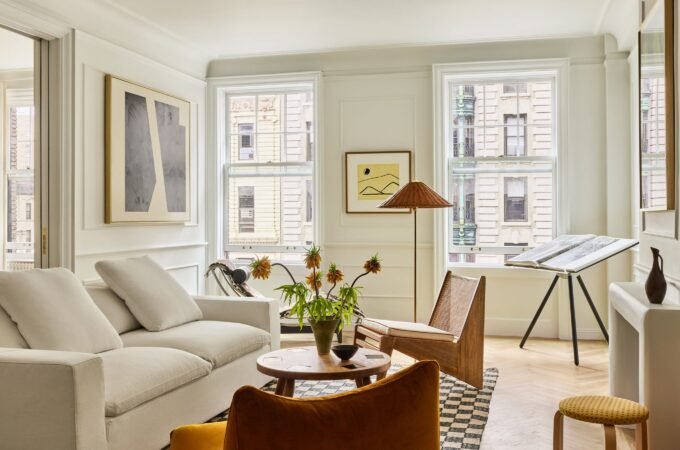
Do cultural amenities increase nearby condo values?
Cultural amenities demonstrably influence condominium values, though their impact varies based on multiple factors beyond simple proximity. Research consistently shows that museums, theatres, music venues, and similar cultural institutions create value premiums for nearby residential properties compared to similar buildings without such conveniences. This relationship helps explain why developments marketed at specific price points, such as the Skye At Holland Price positioning, often highlight nearby cultural attractions as key selling features rather than focusing exclusively on internal building amenities that competitors might replicate.
Premium size varies
Value premiums associated with cultural amenities typically range from 4-15%, depending on specific amenity types, neighbourhood characteristics, and demographic factors. Museums and performing arts centres generally create larger price effects than smaller galleries or community theatres, reflecting their broader appeal and greater visitor numbers. These institutions often anchor broader district revitalisation efforts that enhance property values through complementary retail and dining development.
Premium magnitude depends significantly on walkability between residences and cultural destinations. Properties within a five-minute walk (approximately quarter-mile) typically capture maximum value enhancement, with premiums declining at distances requiring vehicle transportation. This walking distance factor explains why developments immediately adjacent to cultural districts command substantially higher prices than those just a few blocks beyond comfortable pedestrian range, even when drive times remain nearly identical.
Audience matters most
Different cultural amenities attract different demographic groups, creating variable effects on surrounding property values based on alignment with likely condo purchasers. Contemporary art museums typically generate more substantial value effects on urban loft-style developments, attracting younger professionals. At the same time, classical music venues might more positively influence traditional luxury condominiums, appealing to older affluent buyers. Consider these demographic alignment factors affecting cultural premium values:
- Age distribution of typical institution patrons
- Income levels of primary visitor demographics
- Educational attainment of target audiences
- Programming frequency and accessibility
- Visitor volume patterns (tourist-focused vs. local-serving)
Complementary development enhances
Cultural amenities rarely exist in isolation, typically anchoring broader mixed-use districts that include restaurants, speciality retail, and public spaces, enhancing the overall neighbourhood experience. This complementary development amplifies value premiums beyond what cultural institutions might generate by creating comprehensive lifestyle environments rather than isolated destinations. The synergistic relationship between cultural venues and supporting businesses creates powerful value effects for condominium properties that can market walkable access to this complete ecosystem. Properties that offer residents car-free access to performances, dining, and shopping within a compact area typically command the highest premiums compared to those providing access to cultural amenities alone without supporting services.
Measurement challenges exist
Precisely quantifying cultural amenity premiums presents methodological challenges since these institutions typically cluster in distinctive neighbourhoods with multiple unique characteristics beyond cultural venues alone. Historical architecture, public space investments, and transportation infrastructure often accompany cultural institutions, making the isolation of specific premium components complex through traditional comparative market analysis. More sophisticated hedonic pricing models and geospatial analysis techniques have explicitly emerged to address these measurement challenges, providing increasingly reliable premium estimates for properties at varying distances from cultural amenities. These advanced valuation approaches now allow more precise premium quantification than traditional appraisal methods, which often struggled to value cultural proximity from other correlated neighbourhood characteristics separately.
Cultural amenities generally enhance nearby condominium values through direct lifestyle benefits and broader neighbourhood revitalisation effects, though premium magnitudes vary considerably based on specific factors beyond simple proximity measurements. Buyers seeking maximum value from cultural amenity investments should evaluate demographic alignment, institutional stability, and complementary development patterns rather than focusing solely on distance measurements.






